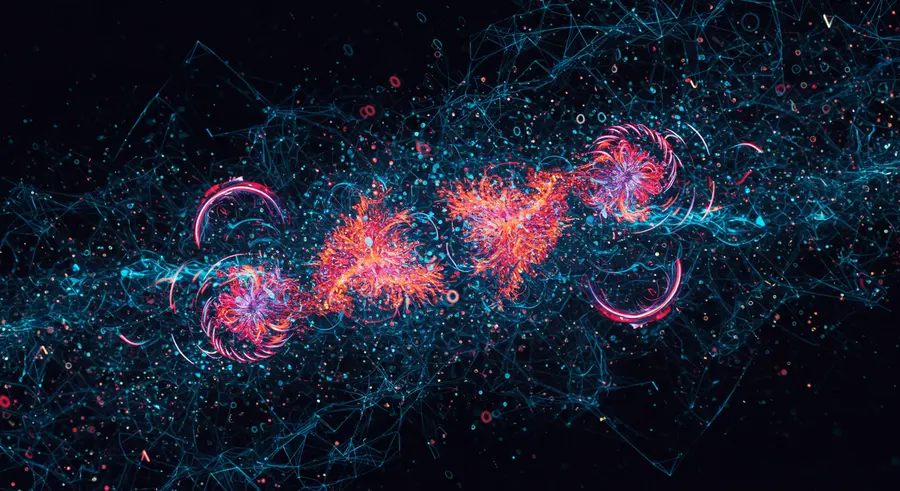Predictive Resilience with AI and Machine Learning in Chaos Engineering

The landscape of modern software systems is characterized by unparalleled complexity and dynamism. As traditional approaches to ensuring system reliability become increasingly insufficient, the integration of Artificial Intelligence (AI) and Machine Learning (ML) into Chaos Engineering emerges as a transformative paradigm. This evolution moves us beyond reactive failure detection to a proactive stance of predictive resilience.
The Evolution Towards Predictive Resilience
Historically, Chaos Engineering has been about understanding how systems react to failure by injecting controlled disruptions. While invaluable, this often remains a post-mortem analysis: observing the aftermath to learn. Predictive resilience, powered by AI and ML, aims to anticipate potential vulnerabilities and system behaviors *before* they lead to outages. By analyzing vast datasets of system metrics, logs, and past incident reports, AI models can identify subtle patterns and correlations that human operators might miss.
One of the key advantages of this integration is the ability to move from manual experiment design to intelligent, automated chaos. Instead of randomly injecting faults, AI can suggest the most impactful experiments based on current system state, historical data, and identified dependencies. This not only optimizes the testing process but also ensures that critical weak points are systematically probed.
Key Applications of AI/ML in Predictive Resilience
1. Anomaly Detection and Early Warning Systems
Machine learning algorithms excel at recognizing deviations from normal system behavior. By continuously monitoring real-time data, AI can detect anomalies that might indicate an impending failure, even before an actual incident occurs. This allows teams to intervene proactively, mitigating risks before they escalate into full-blown outages. Such capabilities are crucial for maintaining financial stability, much like how advanced financial research platforms leverage AI to predict market movements and identify investment opportunities.
2. Intelligent Experiment Design and Optimization
Designing effective chaos experiments requires deep system knowledge and intuition. AI can augment this process by suggesting optimal fault injection points, parameters, and blast radii. Through techniques like reinforcement learning, AI can learn from the outcomes of past experiments, iteratively refining its strategies to uncover more elusive failure modes. This automation frees up engineers to focus on remediation and architectural improvements rather than repetitive test design.
3. Root Cause Analysis Acceleration
When failures do occur, pinpointing the root cause can be a time-consuming and complex endeavor. ML models can rapidly process and correlate disparate data sources—logs, traces, metrics—to suggest probable root causes, significantly reducing Mean Time To Resolution (MTTR). This quick analysis is vital for maintaining continuous service and minimizing financial impact.
4. Self-Healing and Adaptive Systems
The ultimate goal of predictive resilience is to build systems that can automatically detect, diagnose, and recover from failures with minimal human intervention. AI can power these self-healing capabilities by triggering automated remediation actions based on detected anomalies or predicted failures. This could range from auto-scaling resources to re-routing traffic away from failing components, embodying true resilience.
Challenges and the Road Ahead
While the promise of AI/ML in predictive resilience is immense, challenges remain. Data quality and volume are paramount; models are only as good as the data they're trained on. The interpretability of AI decisions, especially in critical production environments, is another area of active research. Ensuring the ethical deployment of AI in systems that impact millions of users is also a key consideration.
The future of Chaos Engineering is undoubtedly intertwined with advancements in AI and ML. As these technologies mature, we can expect to see systems that are not just resilient to chaos but are also capable of intelligently anticipating, preventing, and adapting to unforeseen circumstances, moving closer to the ideal of truly autonomous and unbreakable infrastructure. For those looking to understand broader applications of AI in complex systems, insights from TechCrunch can be enlightening, and for a deeper dive into technical implementations, AWS Machine Learning documentation provides practical examples.